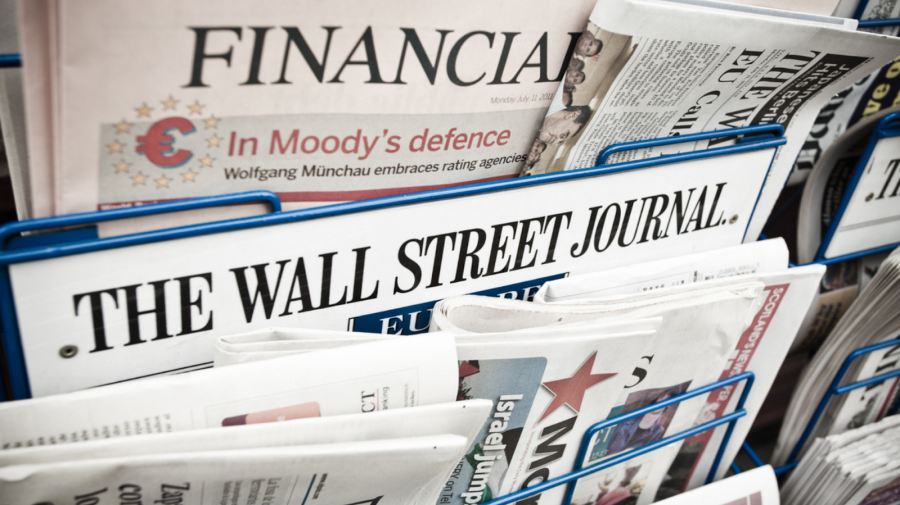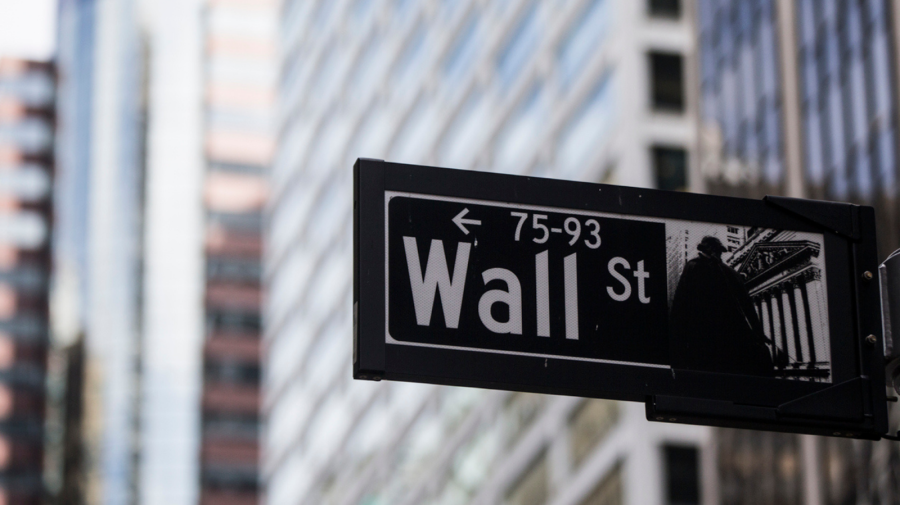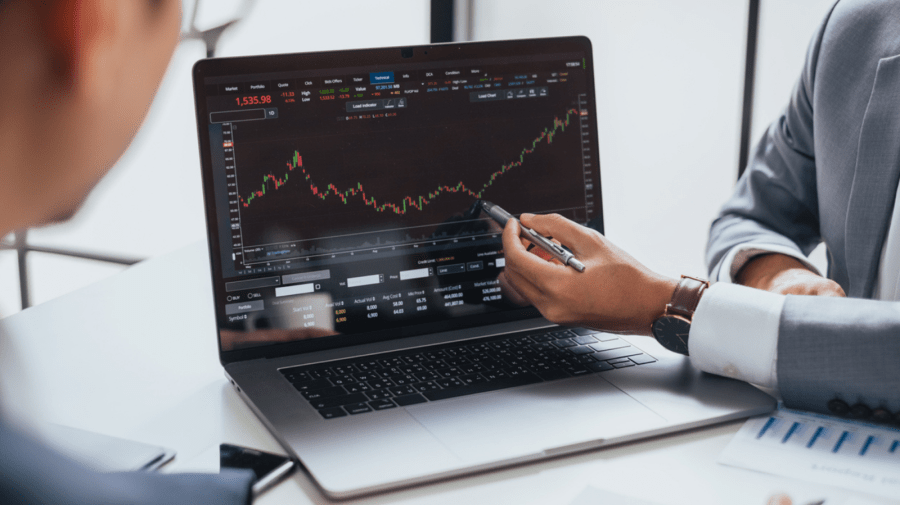
While the Wall Street Journal prime rate may initially sound like a really great subscription deal, it’s actually something else entirely. The WSJ’s prime rate is a piece of financial data that the publication constantly updates to track U.S. loan rates. Join us as we break down what the WSJ Prime Rate is, where to find it, and what effects it can have on everything from loan rates to the stock market.
What Is the Wall Street Journal Prime Rate?

Whether you’ve ever heard of the WSJ prime rate or not, it’s likely affected you at some point in your financial life, especially if you’ve ever taken out a loan or credit. In the Wall Street Journal’s own words, the prime rate is “the base rate on corporate loans posted by at least 70% of the 10 largest U.S. banks.”
To put it in less fancy terms, the prime rate is the average interest rate that the largest banks in America are currently charging their most financially-sound customers for short-term loans. The prime rate only changes when at least 7 of the 10 banks surveyed raise or lower their rates. At that point, the WSJ will calculate and publish a new prime rate both in print and on their website’s market page.
Keeping track of shifts in the prime rate isn’t always an easy task, as they don’t tend to happen at predictable intervals. For instance, the prime rate only changed once in all of 2002, but on a nearly monthly basis in 2001. Due to the WSJ’s solid track record of staying on top of the current prime rate, it’s become the go-to source for many borrowers and lenders.
Why Is the WSJ Prime Rate Important?

It’s important for lenders to stay on top of the current prime rate to ensure their own rates are in line with the national average. If banks and credit card companies all over the country began setting their own lending rates based on no more than their own whims, interest rates would likely differ widely across the board.
Those offering the best rates would no doubt get most of the business, while those who set their rates too high wouldn’t be likely to last very long. Instead, many financial institutions calculate their rates by combining the U.S. prime rate with various percentages based on perceived borrower risk.
The prime rate is often directly impacted by the federal funds rate and the discount rate set by the Federal Reserve. The federal funds rate is the rate that banks charge to lend each other overnight loans, while the discount rate is the interest rate at which banks can borrow directly from the federal reserve.
Generally, the prime rate tends to be three points higher than the federal funds rate, causing a sort of trickle-down effect for borrowers. The more expensive it is for banks to borrow money, the more expensive it will become for customers to borrow money from the banks.
What Is the Effect of a Rising Prime Rate?

Many borrowers and investors alike also use the Wall Street Journal’s prime rate as a sort of economic indicator. When the prime rate goes up or down, it can affect the overall economy on various levels. If the prime rate increases, it’s likely that variable rates will start to increase on everything from adjustable-rate loans to credit card APRs.
A rising prime rate indicates that it’s getting more expensive to borrow money and that interest spikes will likely follow as a result. This is not generally the best time to consider taking out a new loan or making a huge purchase, as you’re likely to end up getting stuck paying more interest.
Instead, it’s best to concentrate on paying off your existing debt. If you’re unable to keep up with rising rates, you might even consider refinancing with a debt consolidation loan or looking for a lower-interest balance transfer.
The prime rate even has effects on the stock market, as businesses tend to tighten their purse strings when interest rates are high. Liquidity has a way of drying up when interest rates go up as the economy begins to slow down. Depending on your investing style, it may make for a good time to “buy the dip” if you can get a good deal on the stock of a well-established company whose shares are experiencing a price slide. Just be prepared to ride out the economic rut, as shares may dip or move sideways until things begin to even out.
The Effects of a Lower Prime Rate

Fortunately, a drop in the prime rate can have a reserve effect on the economy and markets. As the rate lowers, lenders will offer better deals on loans. This is a great time to consider refinancing your mortgage if better rates become available. It’s also a good time to look into taking out loans for larger purchases, such as a vehicle.
As money begins to loosen up, you’ll also see the effects of increased liquidity across the economy and markets. Due to the fact that money is now cheaper to borrow, many businesses will even take the opportunity to look into expansion.
This brightened outlook can have a fairly immediate effect on the stock market as investors start anticipating bullish momentum. As interest rates drop, consumers have more money to spend, and companies begin seeing improved sales margins. This eventually leads to higher stock prices for leading companies, and many investors want to position themselves to get in on the action as early as possible.
Depending on your investing style, this may be the time to look into taking profits for shares you purchased during a period of an economic downturn. However, if you’re more the buy and hold type, there’s nothing wrong with sitting on your profits if your research indicates that they stand a good chance of continuing to blossom.
As you can see, the Wall Street Journal’s prime rate can be an interesting tool for your financial arsenal. While there’s no need to check it daily, if you do hear the news that the prime rate has changed, it’s certainly helpful to have an understanding of the implications.





